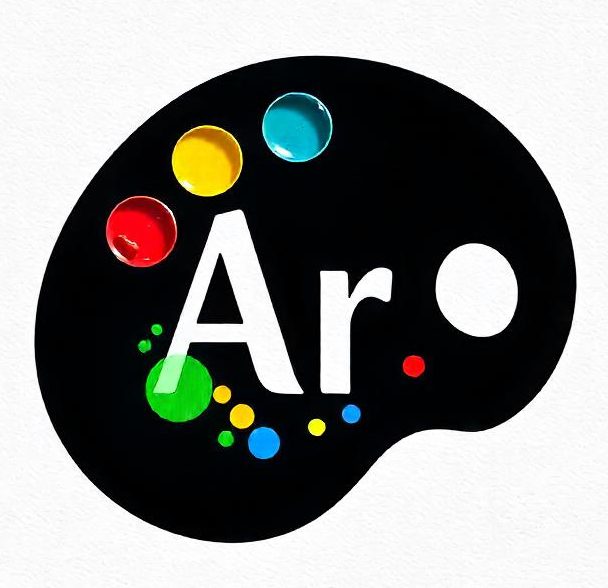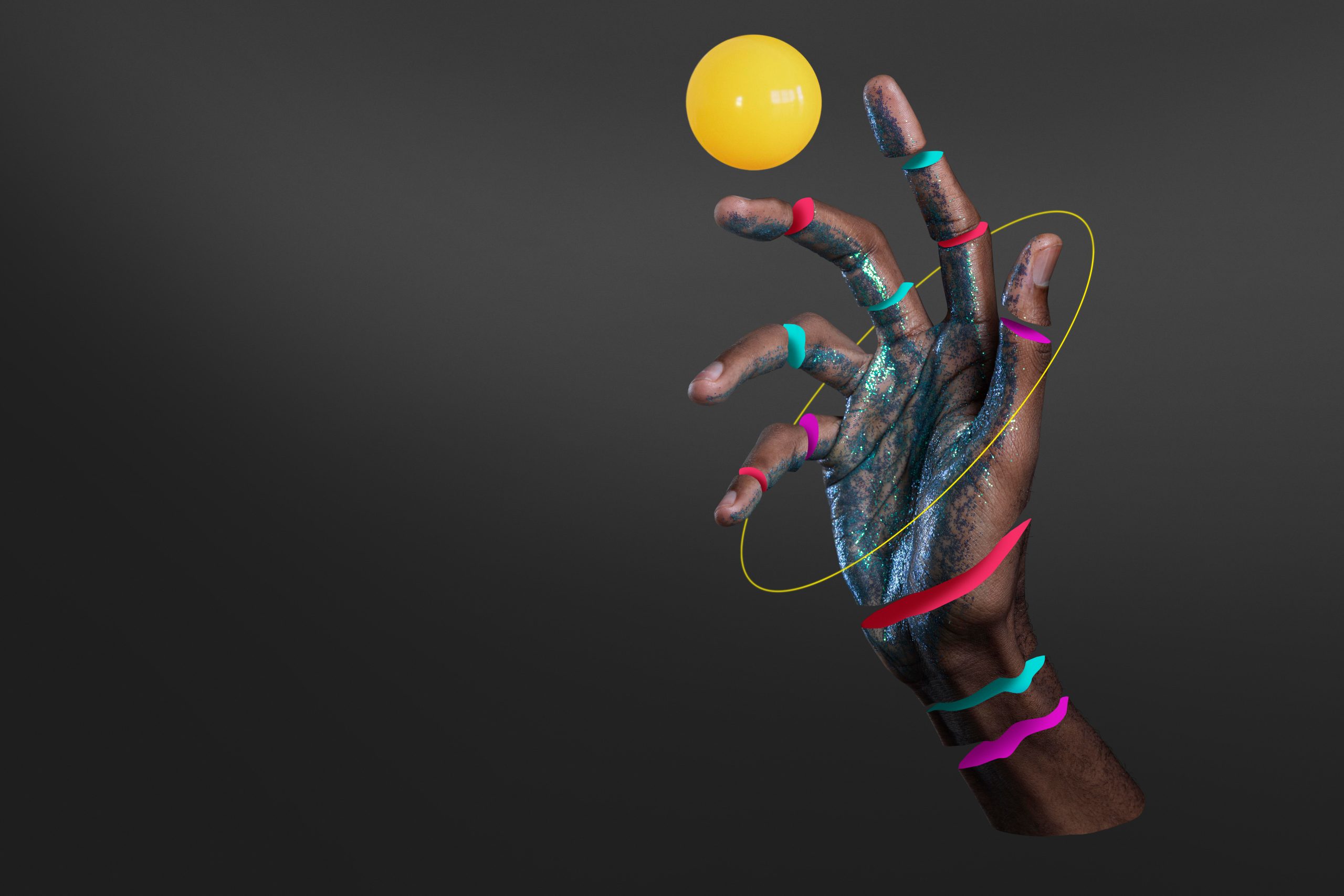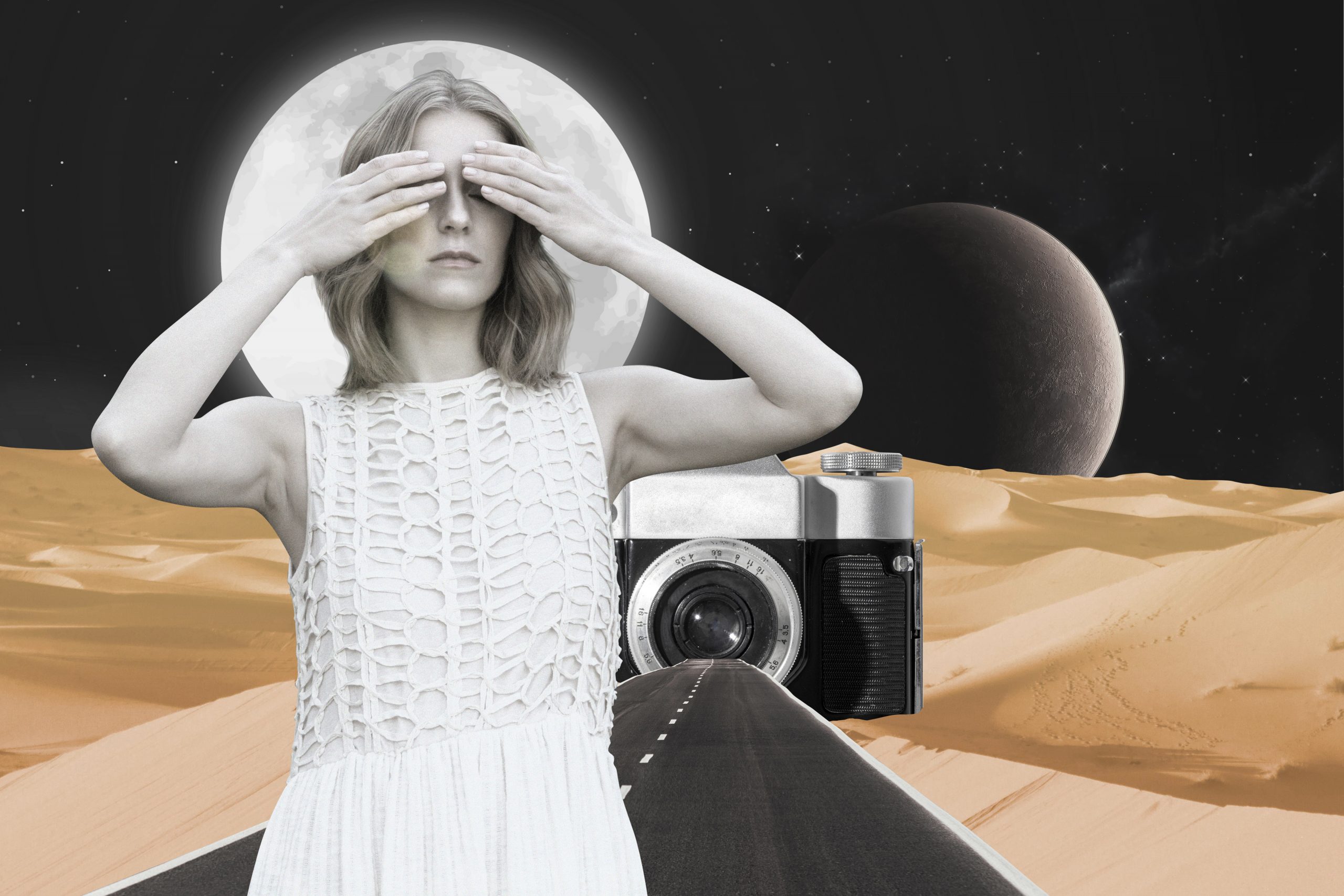Digital art is transforming the world of creativity, offering artists new ways to express their ideas, engage with their audiences, and push the boundaries of what art can be. From digital painting to immersive virtual reality installations, technology is reshaping the artistic landscape. In this article, we will explore how digital art is shaping the future of creative expression and what this means for both artists and art lovers.
The Rise of Digital Art
In the past few decades, digital art has evolved from a niche form of expression into a mainstream movement. Early digital artists used simple tools like Photoshop and graphic design software to create digital pieces, but with the advancement of technology, new mediums and tools have emerged. Today, artists are using 3D modeling software, virtual reality (VR), augmented reality (AR), and artificial intelligence (AI) to create groundbreaking works that wouldn’t have been possible with traditional art forms.
The accessibility of digital tools has democratized the art world, allowing both seasoned artists and amateurs to create and share their work easily. Platforms like Instagram, Behance, and specialized NFT marketplaces have also provided digital artists with new ways to showcase and sell their creations.
Digital Art in the Context of NFTs
One of the most revolutionary aspects of digital art in recent years has been the rise of Non-Fungible Tokens (NFTs). NFTs have created a new market for digital art by allowing artists to sell their work as unique digital assets with verified ownership. This has enabled digital artists to monetize their creations in ways that weren’t possible before.
NFTs have also sparked debates about the value of digital art and its place in the traditional art world. While some view NFTs as a passing trend, others see them as a game-changer for the future of digital art, providing artists with new ways to gain recognition and compensation for their work.
Virtual and Augmented Reality: Immersive Experiences
Virtual reality (VR) and augmented reality (AR) are expanding the possibilities of digital art by offering immersive and interactive experiences. VR allows artists to create fully immersive, 3D worlds that viewers can explore. This medium has already been used for large-scale exhibitions, where attendees can walk through virtual galleries and interact with the art in ways that wouldn’t be possible in a traditional setting.
Augmented reality, on the other hand, overlays digital elements onto the physical world, creating an interactive experience that bridges the gap between the real and the virtual. Artists have begun to use AR for public art installations, where viewers can use their smartphones or AR glasses to experience digital artworks integrated into real-world spaces.
Both VR and AR are reshaping the way audiences engage with art, providing deeper levels of interactivity and immersion that traditional mediums can’t match.
Artificial Intelligence and Art Creation
Artificial intelligence is also playing an increasingly important role in the creation of digital art. AI tools like DeepDream and generative adversarial networks (GANs) are being used by artists to generate unique pieces of art based on algorithms and data sets. These AI-powered tools can create everything from abstract paintings to lifelike portraits, pushing the boundaries of what we consider “human” creativity.
Artists working with AI often collaborate with the technology, using it to augment their own artistic process rather than replace it entirely. This has led to a fascinating dialogue between human creativity and machine learning, raising questions about authorship and the role of technology in the creative process.
The Future of Digital Art
As technology continues to evolve, so will the possibilities for digital art. In the future, we can expect to see even more interactive and immersive experiences, with advancements in AI, VR, and AR paving the way for art that transcends traditional formats. Artists will likely continue to experiment with these tools, creating new ways for viewers to engage with and experience art in real-time.
Additionally, the growing popularity of virtual and augmented reality may lead to new forms of online art galleries, where people can experience digital artworks in fully immersive 3D spaces from anywhere in the world. These innovations will make art more accessible and participatory, breaking down the barriers between artist and audience.
Conclusion
Digital art is at the forefront of creative innovation, offering artists new opportunities for expression and engagement. The rise of NFTs, virtual and augmented reality, and AI-powered tools is changing the way we create, experience, and value art. As technology continues to advance, digital art will likely play an even more prominent role in shaping the future of creativity and the art world at large.



